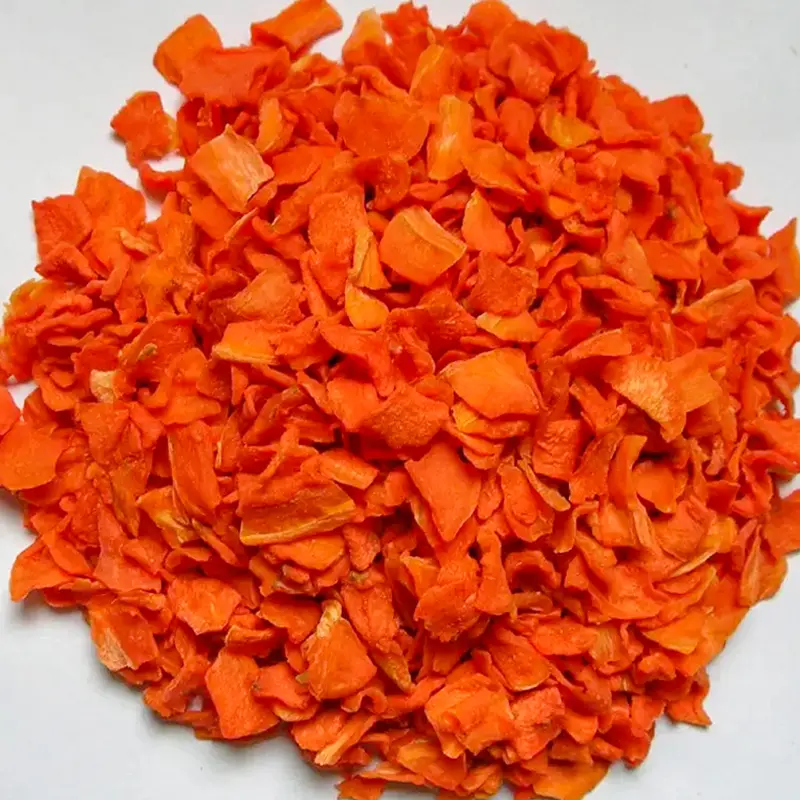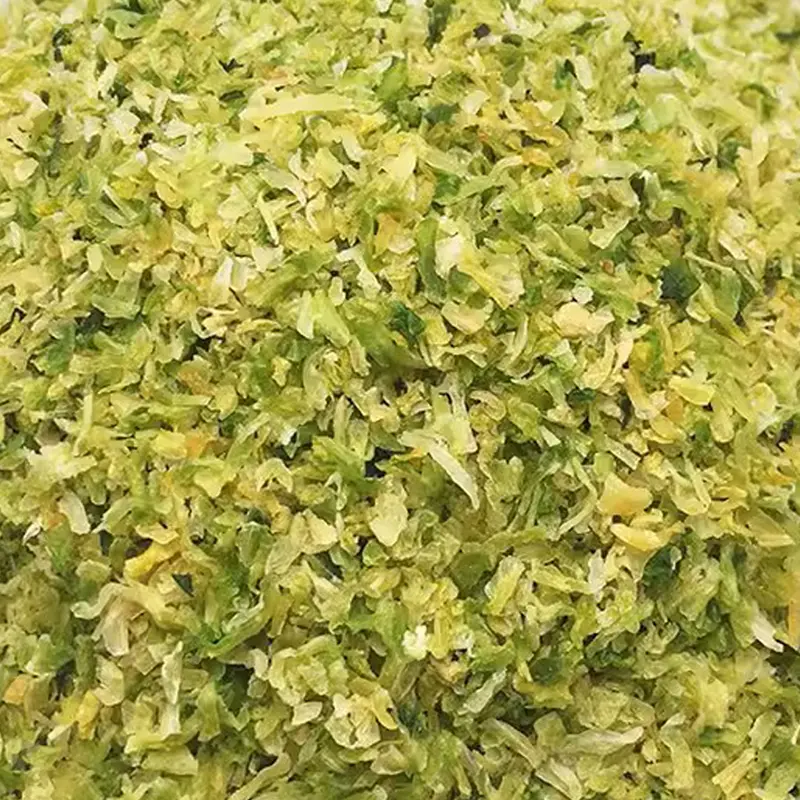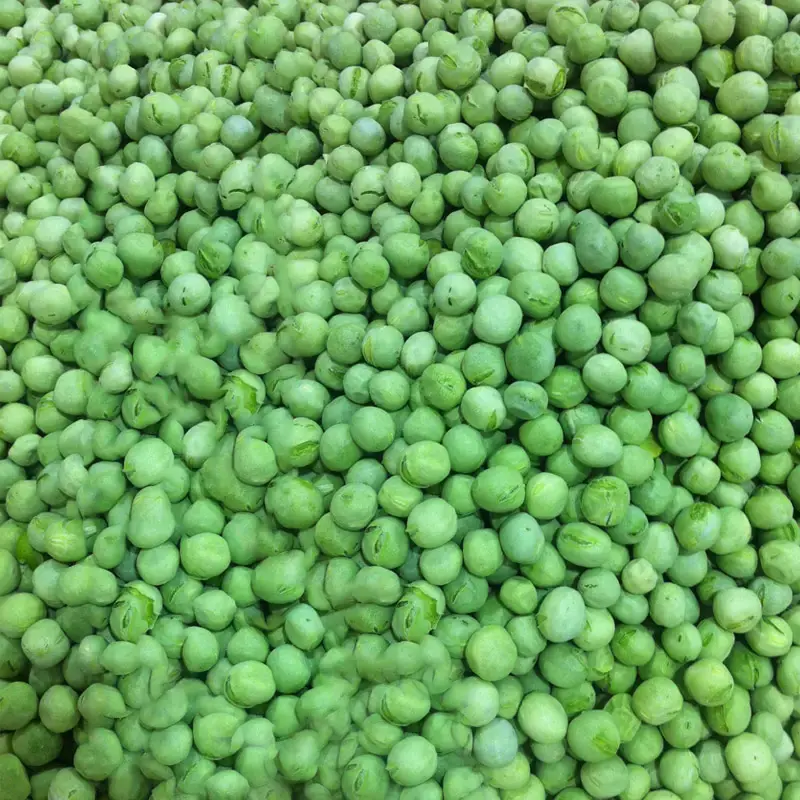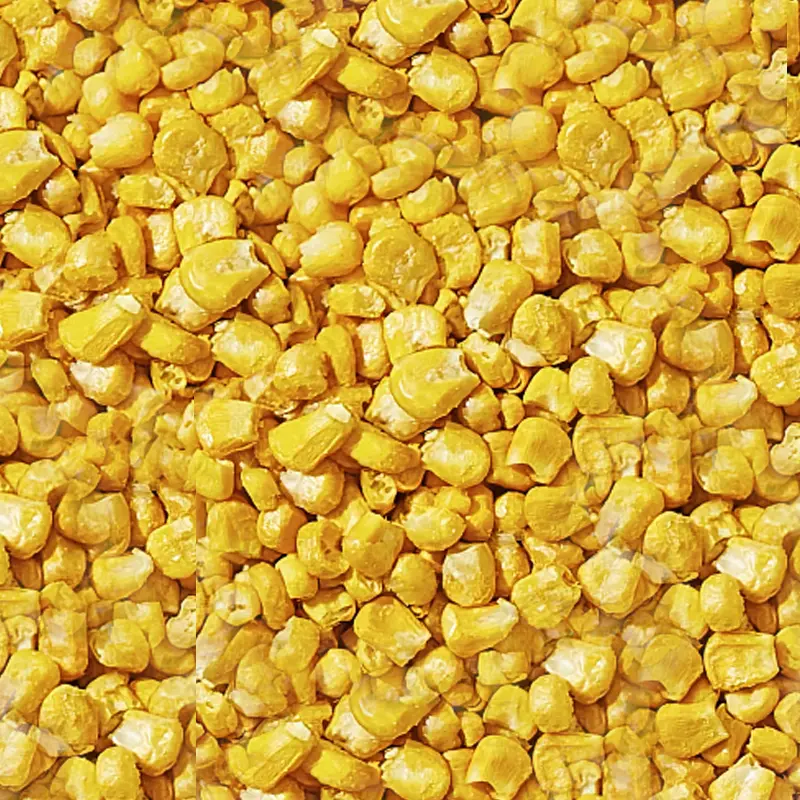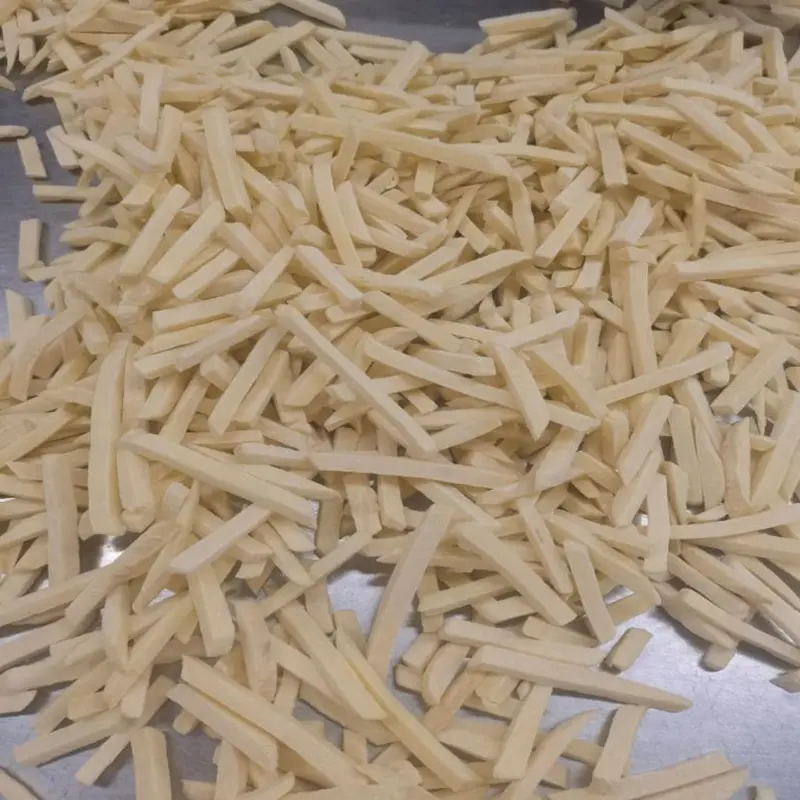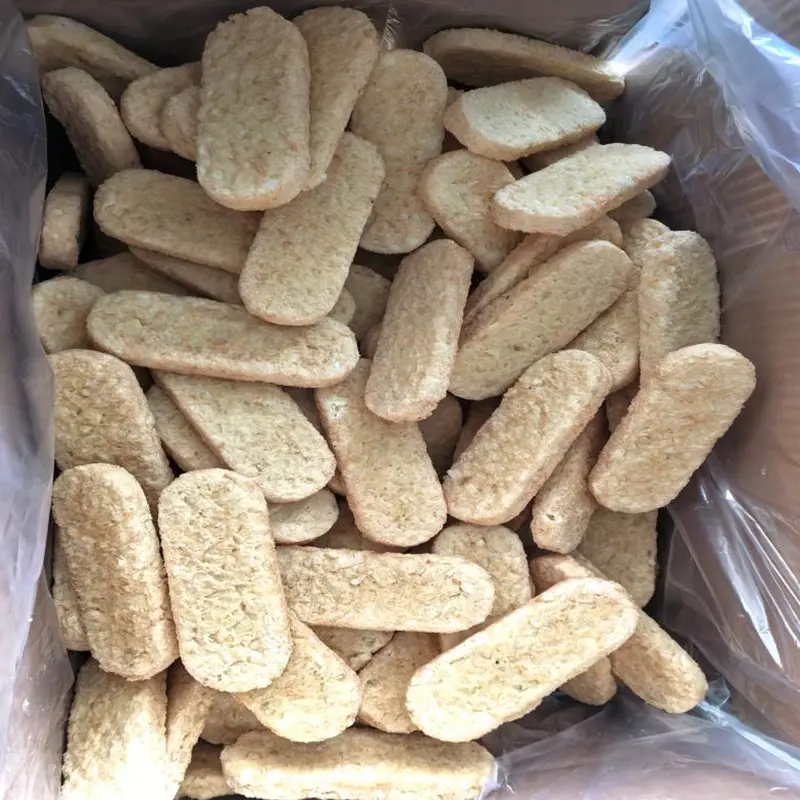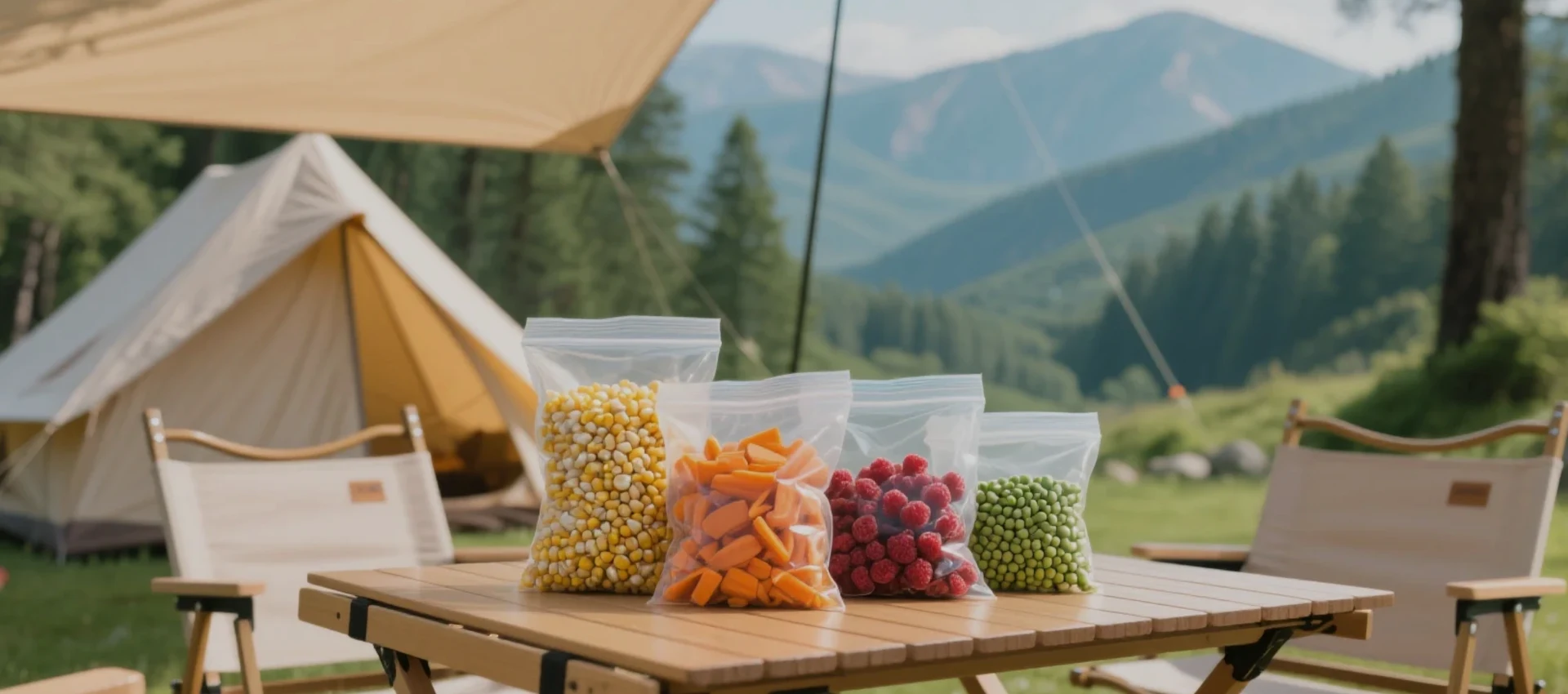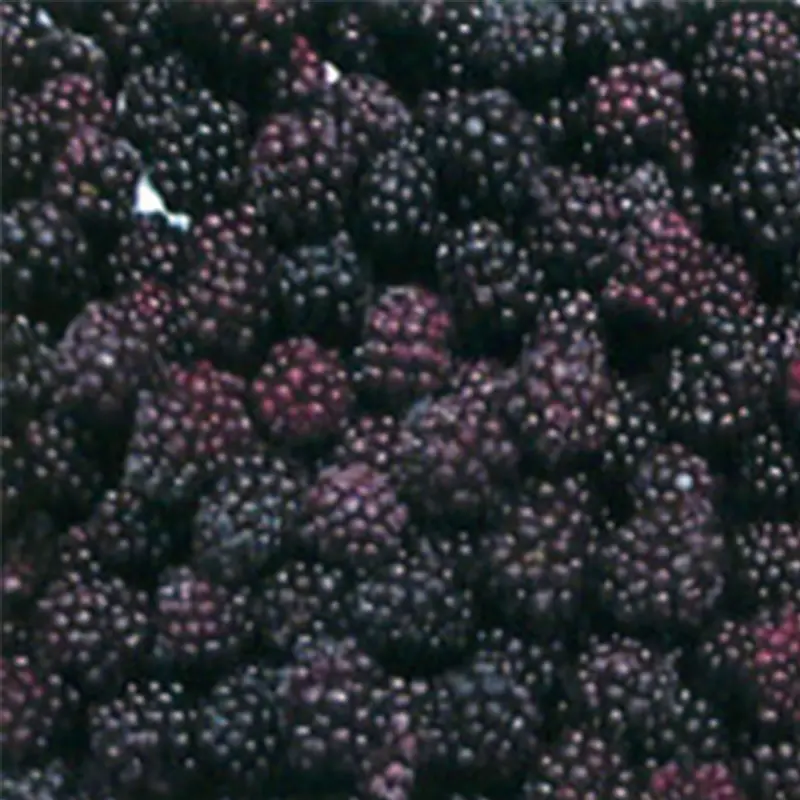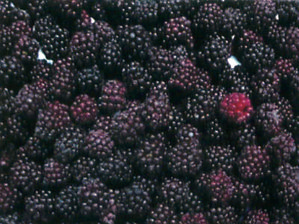FD Raspberry
Freeze-dried raspberry (FD Raspberry) is a deep-processed fruit product made by removing moisture from fresh raspberries through freeze-drying technology (FD). Using a low-temperature sublimation process (-40°C to -50°C), it transforms water in raspberries directly from solid to gas, maximizing the retention of fresh raspberries’ nutritional value, natural flavor, and light, crispy texture. With a shelf life of 12-18 months at room temperature, FD raspberry breaks through the seasonal and storage limitations of fresh raspberries (which only last 3-5 days), becoming a convenient and nutritious option for households, catering, and healthy food markets.
Key Advantages
- Nutrient preservation: Freeze-drying avoids nutrient damage from high temperatures in traditional drying (e.g., hot air drying), retaining over 90% of vitamin C, anthocyanins (antioxidants), dietary fiber, and natural fructose (key nutrients in fresh raspberries).
- Intense flavor: The low-temperature sublimation process preserves raspberries’ natural aroma and sweet-tart taste (some products are lightly sweetened with sugar or citric acid). Its light, crispy texture (similar to “fruit chips”) complements the juiciness of fresh raspberries.
- Convenient and shelf-stable: No refrigeration needed; it can be stored at room temperature for 12-18 months (in sealed packaging), eliminating the hassle of frequent purchases for fresh raspberries. Individually packaged (10-20g/bag), it is portable for outdoor activities, commuting, or children’s snacks.
- Healthy and natural: Low in calories (~300kcal/100g, 1/3 of fresh raspberries), free of preservatives or artificial colors (premium products contain only raspberries). Rich in anthocyanins (150-300mg/100g) and dietary fiber (~6g/100g), it is an excellent choice for blood sugar control, antioxidant support, and fiber supplementation.
Application Scenarios
- Home snacks: Eaten directly (crispy and sweet), or mixed with yogurt, oatmeal, or ice cream (e.g., “raspberry yogurt cup,” “freeze-dried raspberry oat bowl”) to enhance texture.
- Baking and desserts: Used as a topping for cakes, macarons, or cookies, or ground into powder and added to cake batter (e.g., “freeze-dried raspberry powder cake”) to boost fruity aroma and visual appeal.
- Restaurant pairings: Garnishes for desserts (e.g., “French crème brûlée with raspberry crumbs”), paired with cheese boards (complementing blue cheese or cheddar), or used in cocktails (e.g., “raspberry mojito”) for decoration.
- Healthy light meals: Added to salads (e.g., “raspberry spinach salad”), smoothies (blended with bananas and spinach), or grain bowls (paired with quinoa and chia seeds) to supplement vitamins and antioxidants.

